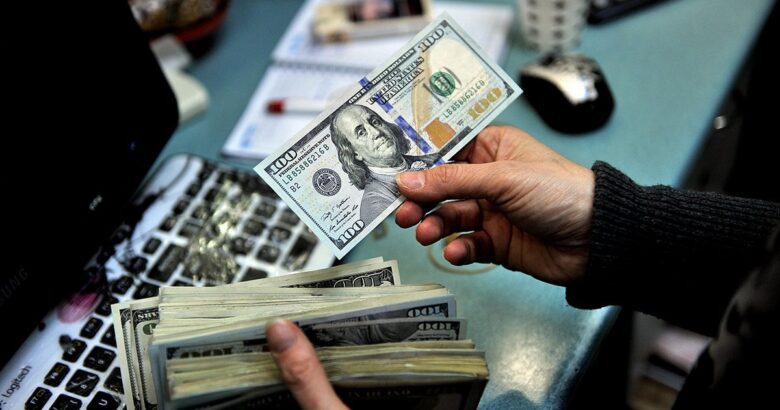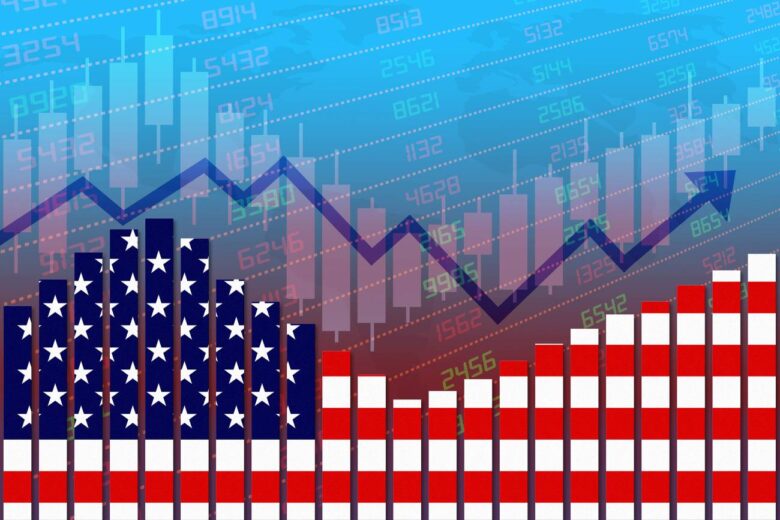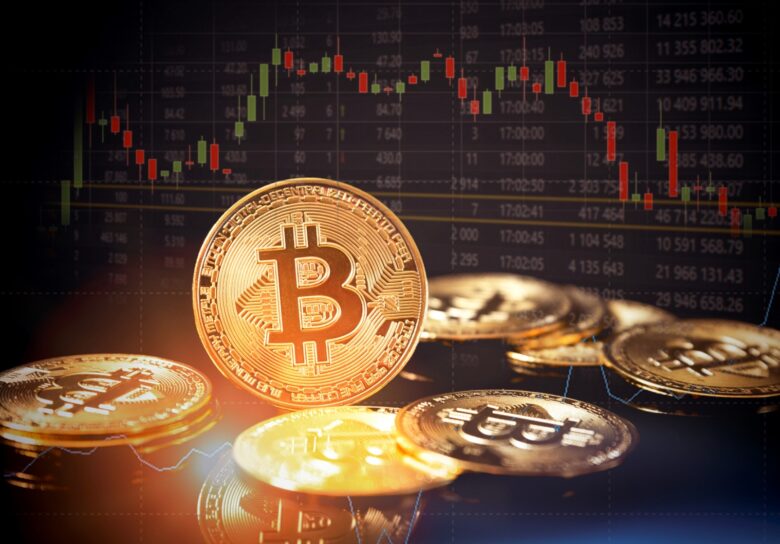The strength of the US dollar is influenced by various factors that make it a favored asset during times of economic uncertainty. Here are some key reasons contributing to the current robustness of the dollar:
Contents
What Is the USD (United States Dollar)?
The United States Dollar (USD) is the official currency of the United States. It is divided into 100 cents and is symbolized by $ or US$ to distinguish it from other dollar-based currencies.
The USD is widely recognized as a benchmark currency and is extensively used in global transactions. It is also adopted as the official currency in numerous territories outside the United States, while in some places, it is informally accepted alongside their local currency.

Source: cfr.org
Exploring the United States Dollar (USD)
The United States dollar, commonly known as the greenback, came into existence with the enactment of the Coinage Act of 1792. This legislation defined the value of a dollar as being equivalent to a specific weight range of silver (between 371 and 416 grains) and set the value of a “eagle” (US$10) within a certain range of gold weight (between 247 and 270 grains). Gold coins were used as benchmarks in this system to ensure that the purchasing power of the dollar remained on par with that of gold or silver during that period.
The initial issuance of greenbacks occurred during the Civil War in 1861 as demand notes, earning them the nickname “greenbacks” due to their green color. In 1862, the first legal tender known as “United States Notes” was introduced, and a centralized system for printing these notes was established in 1869. As a national banking system was established and the Federal Reserve system was formed in 1913, non-interest-bearing notes gained popularity and gradually replaced various competing local currencies.
7 Main Reasons of the USD Dollar Strengthening
According to Arincen platform, here are the following reasons for that.
1. The US economy’s favorable condition:
The proactive monetary policy implemented by the US Federal Reserve (Fed) plays a significant role in maintaining the country’s economic health. Aggressive interest rate hikes by the Fed effectively tackle inflation, distinguishing it from other central banks. Conversely, central banks like the European Central Bank (ECB) have faced criticism for their relatively dovish approach to high inflation. The strong management of monetary policy in the US has positive implications for indicators such as the job market, further strengthening the economy.

Source: hub.jhu.edu
2. Safe-haven status:
The appreciation of the US dollar during global economic crises reflects its safe-haven status. When markets become volatile and investors seek refuge, they often turn to the dollar due to its reputation as the world’s reserve currency. This trend intensifies during times of stock and bond market instability, leading to increased demand for the dollar.
3. Troubles in Europe:
Compared to Europe, the US economy is in a better state, while Europe grapples with conflicts and a potential recession. Factors such as an energy crisis and weaker fundamentals contribute to the relative weakness of Europe’s economy. Furthermore, investors are less confident in the ECB’s ability to effectively address inflation compared to the proactive measures taken by the Fed.
4. Increased purchase of US government bonds:
Government bonds are generally considered safe investments, and this year, there has been a substantial global demand for US bonds. The influx of investors buying billions of dollars’ worth of US bonds has resulted in an upsurge in the value of the dollar.

Source: npr.org
5. UK’s policy challenges:
The strength of the dollar is further reinforced by the struggles faced by another traditionally stable economy—the United Kingdom. A combination of political and economic difficulties, including unfunded tax cuts and energy subsidies, caused the British pound to plummet initially. Investors responded by selling UK government bonds and other financial assets, opting to invest in US dollars instead.
6. Challenges in China:
China, as the world’s second-largest economy, encountered its own setbacks throughout the year. The implementation of a Zero-COVID policy resulted in an economic slowdown, particularly affecting factory productivity. Additionally, the real estate market faced significant challenges, with a substantial decline in property sales and developers experiencing financial constraints. This economic weakening dampened investor sentiment and contributed to the strength of the US dollar.
7. Crypto market struggles:
The cryptocurrency market experienced a tumultuous year, marked by the collapse of prominent crypto institutions such as Terraform Labs and FTX. The resulting “crypto winter” led investors to seek stability and cut their losses, causing a decline in crypto prices. As a result, investors turned to the safety of the US dollar.
Overall, a combination of factors, including the US economy’s strength, safe-haven status, challenges faced by other economies, increased demand for US government bonds, and the struggles in the crypto market, has contributed to the current strength of the US dollar.

Source: canva.com
What are the potential drawbacks associated with a strong United States dollar?
A robust US dollar poses challenges for American producers in exporting goods since countries with weaker currencies can manufacture products at lower costs. Additionally, it enables individuals to import goods from overseas at more affordable prices. Consequently, this has contributed to the trade deficit that the US has been experiencing since the 1970s.
Furthermore, due to the significant role of the United States in the global economy, the economic success of almost every other nation is interconnected with it to some extent. If the US dollar were to suddenly lose value, for instance, during a recession, it could lead to economic disruptions for countries relying on it.
This scenario partially unfolded after the 2008 Financial Crisis when global stocks plummeted by more than 40% following the crash of the US housing market.
For a comprehensive understanding of the US economy, it is advisable to delve into topics such as the US trade deficit and national debt over time. You can also receive direct data and information about these subjects by subscribing to our newsletter.
Conclusion:
The strength of the US dollar can be attributed to various factors that have positioned it as a preferred asset during times of economic uncertainty. The proactive monetary policy implemented by the US Federal Reserve has helped maintain the country’s economic health and tackle inflation effectively. Additionally, the dollar’s safe-haven status has made it a refuge for investors during global economic crises, further bolstering its value. Troubles in Europe, such as an energy crisis and weaker fundamentals, have also contributed to the relative strength of the US dollar compared to the euro. Furthermore, increased demand for US government bonds and the struggles faced by other economies, such as the United Kingdom and China, have further propelled the dollar’s strength. Moreover, the challenges witnessed in the cryptocurrency market have prompted investors to seek stability in the US dollar.
As the global economic landscape continues to evolve, it is crucial to monitor these factors and their potential impact on the strength of the US dollar. Understanding the underlying dynamics can help traders and investors make informed decisions and navigate the fluctuations in currency markets effectively.
